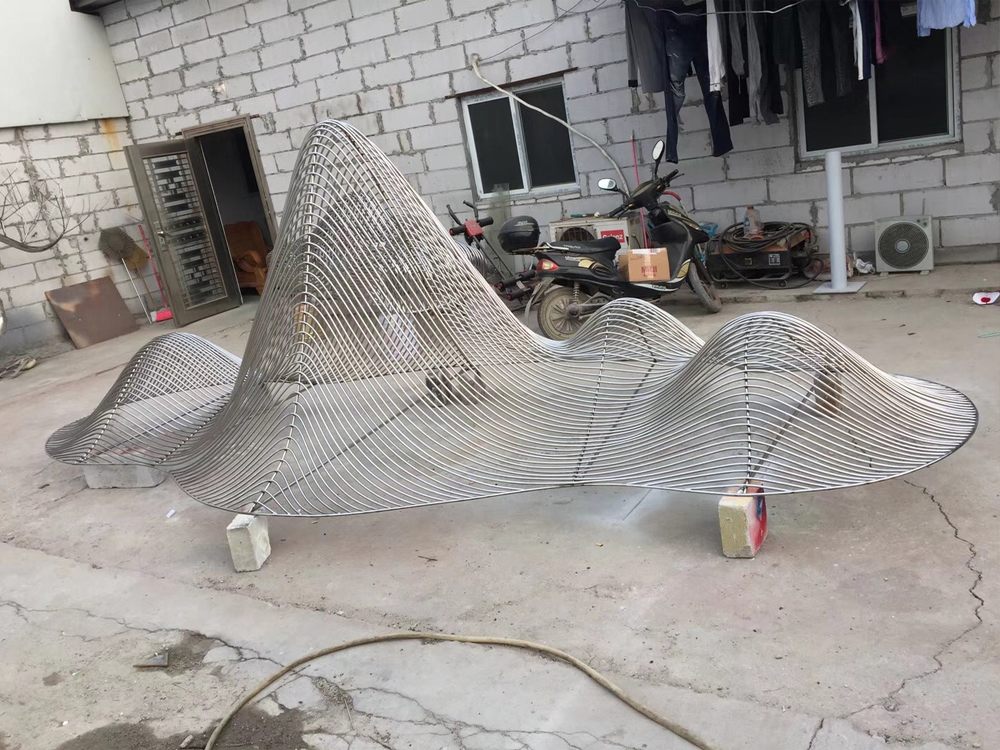
Bronze sculptures have long been revered for their durability and artistic grandeur, but their impact extends beyond aesthetics—they play a pivotal role in shaping how we perceive space in large venues. These monumental artworks act as focal points, drawing the eye and creating a sense of scale within expansive environments like museums, plazas, and corporate atriums.
One key way bronze sculptures influence spatial perception is through their commanding presence. Their reflective surfaces interact with light, casting dynamic shadows that alter the ambiance of a space throughout the day. This interplay between material and environment adds depth, making large venues feel more intimate or dramatic depending on the sculpture's placement and design.
Additionally, bronze sculptures often serve as wayfinding elements in vast spaces. Their distinct forms help visitors navigate by providing visual landmarks, subtly guiding movement without obstructing flow. In cultural or commercial settings, this functional artistry enhances user experience while maintaining artistic integrity.
The choice of subject matter also contributes to spatial storytelling. Abstract bronze forms can evoke curiosity, encouraging exploration, while figurative pieces may anchor a venue’s thematic identity. By balancing scale and symbolism, these sculptures transform impersonal spaces into engaging, memorable environments.
Ultimately, bronze sculptures are more than decorative objects—they are spatial storytellers that redefine how we interact with and experience large venues.

